Inder Salim: Art of Performance
- artamour

- Oct 18, 2020
- 5 min read

Inder Salim is a conceptual performance artist and poet practicing for over 25 years. Born in Kashmir and based in Delhi, he is one of the pioneers of performance art in India. Within the landscape of contemporary art in India, Salim's ground-breaking, body-centric work has few parallels. A multidisciplinary artist using video, photography, poetry as well as digital interfaces to expand upon his bodily interventions, he has foregrounded the role of art as activism. Reflecting upon the relationship between art and its relevance to the world he lives in, Inder Salim has performed at several venues in India and abroad. A Sarai Independent Fellow in 2006-07,
he is one of the mentors of the City-as-Studio program at Sarai/CSDS and is presently organizing Harkat@Sarai, a series of open-ended performance art events. He organized Art Karavan International 2010, where 30 artists from India and aboard travelled for two-and-a-half months through nine cities in northern India, with the objective of experimenting with open-ended interactive processes of art.

1. When did you decide and what prompted you to become an artist? Please give a brief account of your challenges and struggles in your journey as an artist. Any role models?
IS: The simple answer: Art is a life force. We do notice how a baby at a very tender age responds to a musical beat or to colour. Art is innately inscribed on our systems of living, even without a cultivated language. It is a process that maintains the playfulness in our life to relish the very purpose of living, which is nothing but celebration at a very profound level. I vividly remember how colour played a healing balm during my school days, which were indeed troubled by strange situations and domestic issues. That engagement with the sensorial somehow sustained my idea of aesthetics all along: one that bypasses a logical articulation to its end but never shies away from speaking about its flow.
To explicate the idea: Time’s mirror is both true and false; in Rene Magritte’s painting, The False Mirror, there is simultaneity of a black hole with the familiar cloud-filled sky within the parentheses of eyelids that powerfully engulfs the very eye that engages the atmosphere outside and beyond. Can one assert that whatever fades away at the horizon returns to the atmospherics of our conscious mind as we desire? Certainly not! A hyperbole intervenes between us and the abundance of our realities at every level to change us forever. With time, all conscious decisions blend with the unconscious. Yes, art is a force. We artists are attracted to art as much as art is attracted to us. Be it Life or Art, each is a struggle, an encounter, a joy or frustration, a direct gaze into the mirror in front of us, and much more.
As Marcel Duchamp put it, "Art is a game between all people of all periods." We can hardly afford to wish away the period when human beings were living in caves, making drawings of animals and symbols to communicate. In short, each and every period of time is here and now.
2. What art project(s) are you working on currently? What is your inspiration or motivation for this?
IS: Far too many! Publishing a book, unfurling a series of flags, making special images, doing performances, besides of course going to the market to organize a simple family meal which in many ways is like an art and “art-for-itself”. The simultaneity of all the activities is a cycle of rhythm which flattens the idea of hierarchy between what we consider art and what is not art.
3. Contemporary art has become very diverse and multidisciplinary in the last few decades. Do you welcome this trend? Is this trend part of your art practice?
IS: Performance art dances with the ethereal oscillation of time in all its dimensions; it is like a bridge between different disciplines. As Gillex Deleuze observes, "Time is inclusive of us at every level, and there is no specific vantage point to see ourselves and the world all at once. Either we see ourselves or we merge with the flow. Whether we like it or not, complexities are inevitable; they arrive to outwit our conscious mind. It was perhaps always like that, in every period. In the present context, we have far too many forces crisscrossing each other. These are toxic times; perhaps it is best that we accept the present without grudges. Life is a very imperfect, and art enables us to accept the errors we commit and allows us to lapse into a rhythm . . ."
4. Does art have a social purpose or is it more about self-expression?
IS: I repeat, art is a force. To emphasise Kantian a priori, we can perhaps live with this understanding that validates the purpose of art in society as much as its spiritual functionality, since art exceeds any precise explanation or representational aspect in its absolute form. The “utilitarian” aspect of art comes with a genealogy of its own, but time weaves all that is in its cocoon and presents us its almost ambiguous form – loaded with meaning and with deeper psychological echoes. In the contemporary, what we call social function is therefore bound to pass through this complexity of materiality at one end and transcendental at the other. A hyperbole facilitates the line to fly and arrive at the underlying logic of this complexity.
5. Where do you create your art? What is your process?
IS: “City-as-studio” was a process at Sarai, initiated by the Raqs Media Collective, of which I was a mentor in 2011. That was a rich learning experience. Besides the ecology of a place where one lives, the artist’s own room itself performs the function of a studio. We are almost blind to the spaces around us. Architecture as thought is underplayed in thinking art. The materiality of architecture as thought is vital to any art form. So, constant wandering helps the mind to refresh and connect with the surfaces we float upon all the time.

6. To what extent will the world of art change in the post-Covid period – both in terms of what is created as also the business of art?
IS: Paradoxically, for me the Covid-19 experience has been an extremely pragmatic period; it enabled me to get to know and better understand the body-and-art process. Nevertheless, I quote Baruch Spinoza, "No one knows what a body can do."
7. Tell us about any other interest you may have besides your art practice. Does it get reflected in your art?
IS: Anything that arrives to rub the skin of people affects them and subsequently makes an impact on their creative act. Hierarchy in the materials and their value systems distributes the mythical in our society. However, there seems to be a distribution of the sensible and toxic in the contemporary world of art. There is no single trend to explain the phenomenon, but there certainly seems to be a profound poetics in vogue.
The artamour questionnaire is a regular series of interviews with visual artists across disciplines, who share their views about art, their practice and their worldview on a common questionnaire template. Like, comment, share and subscribe to stay updated.

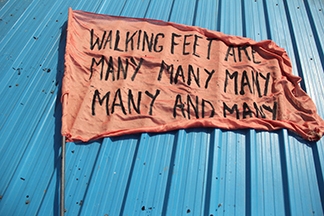

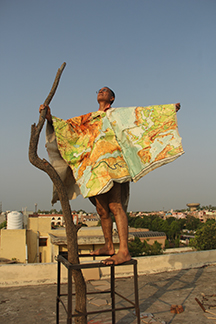
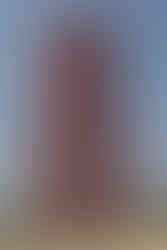


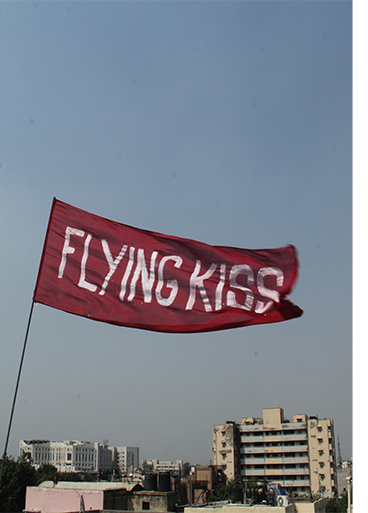

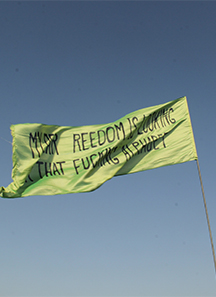

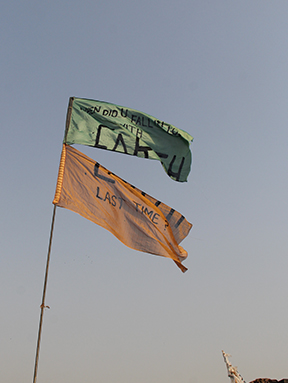

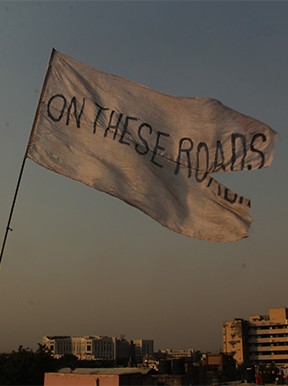

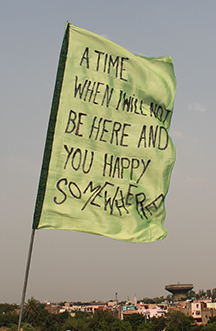

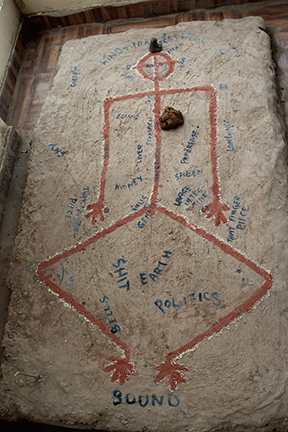



Comments